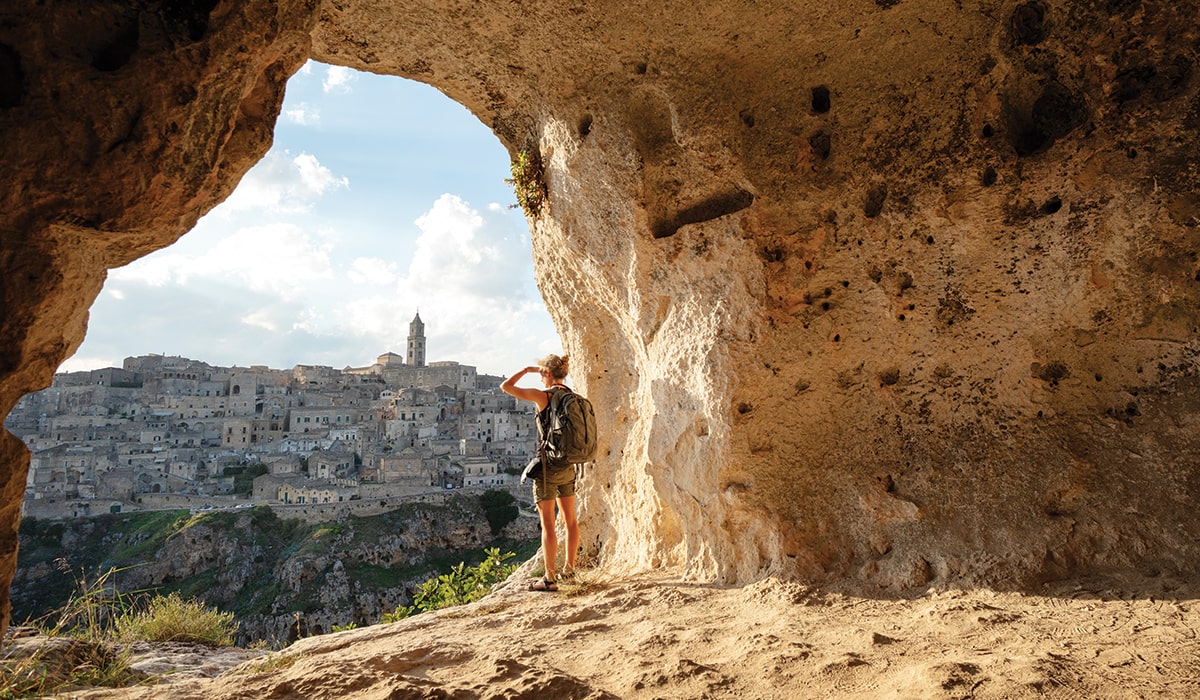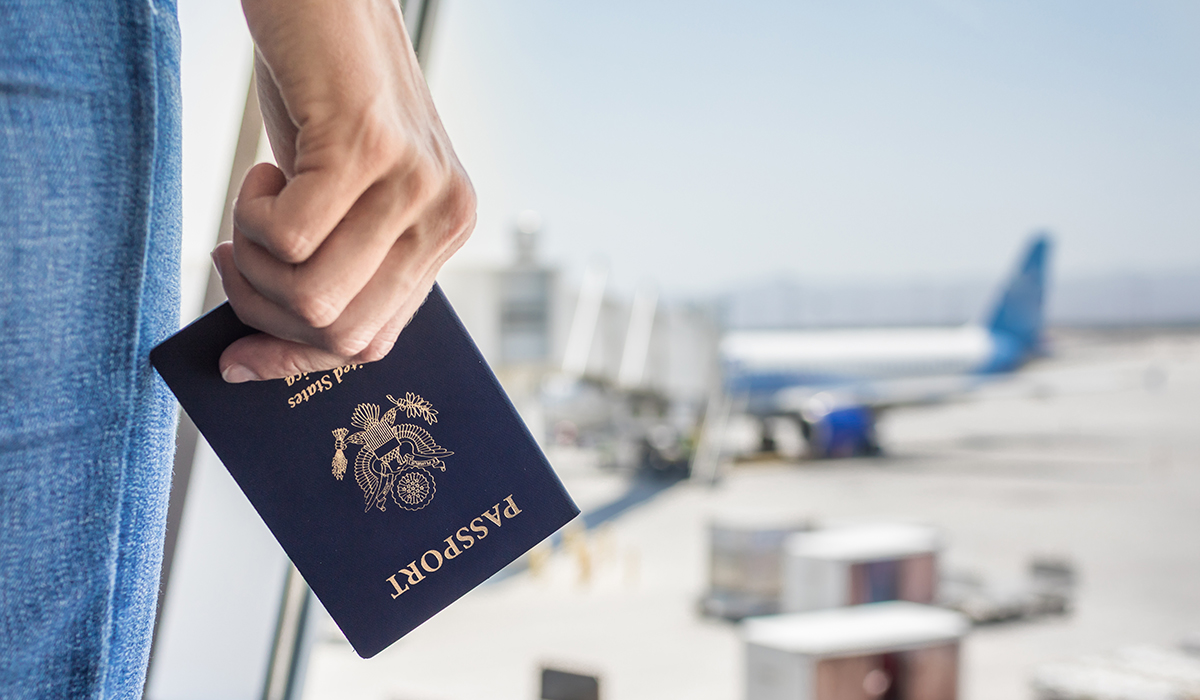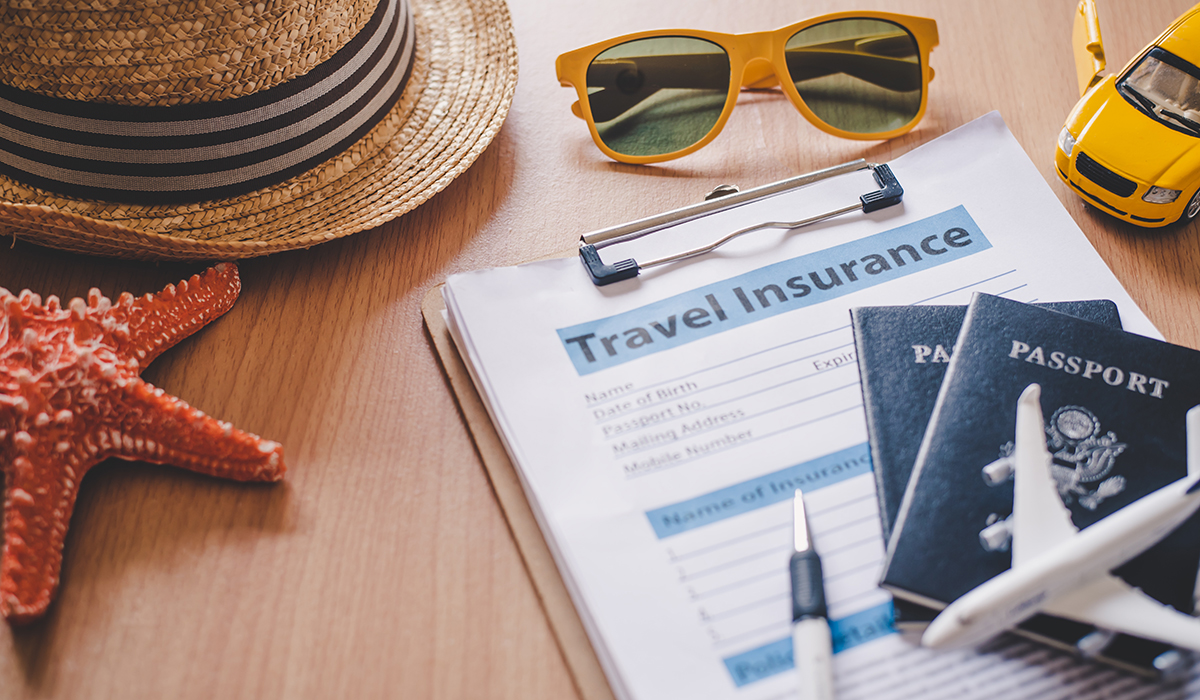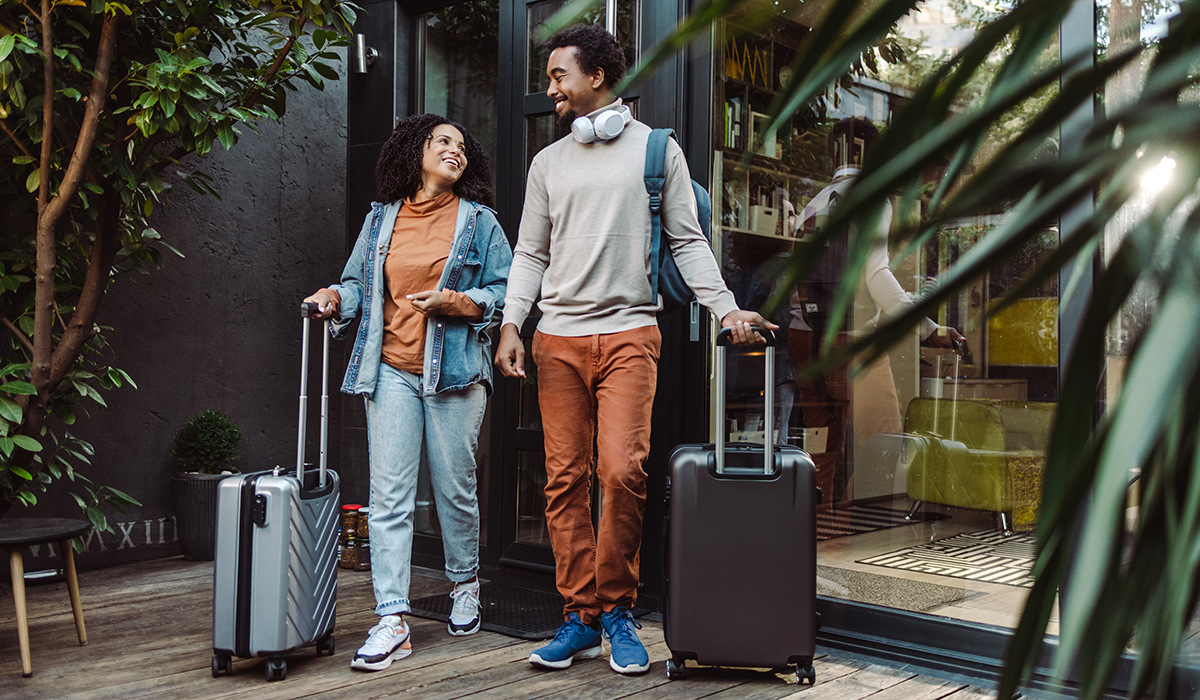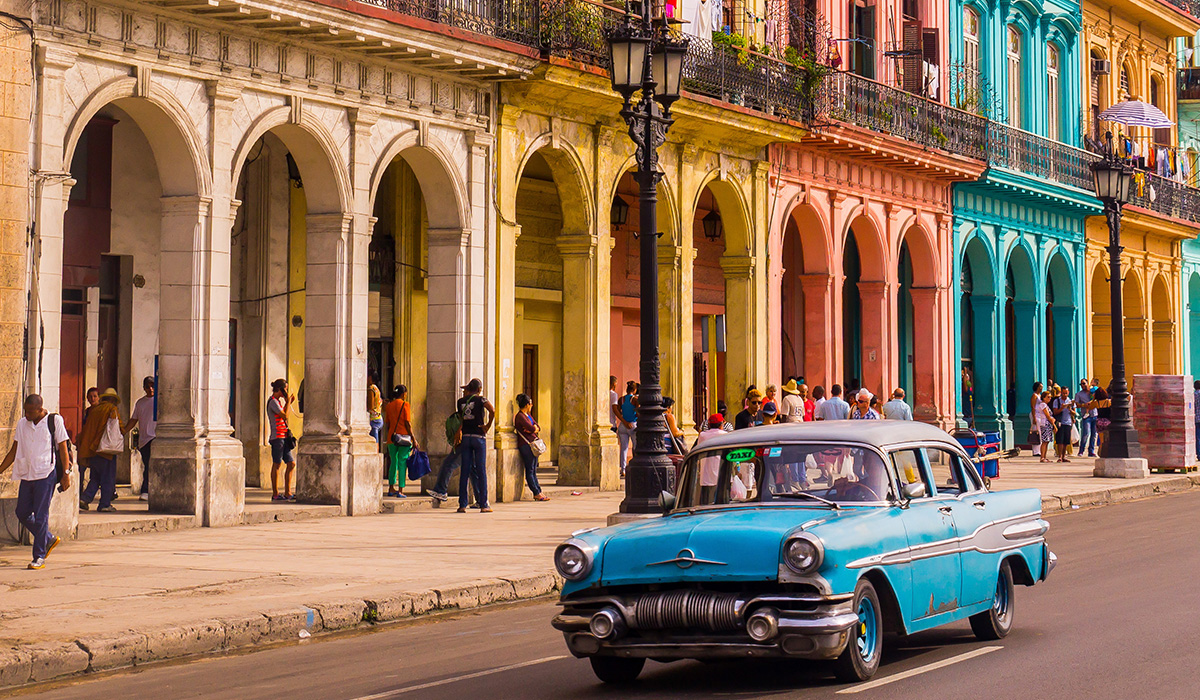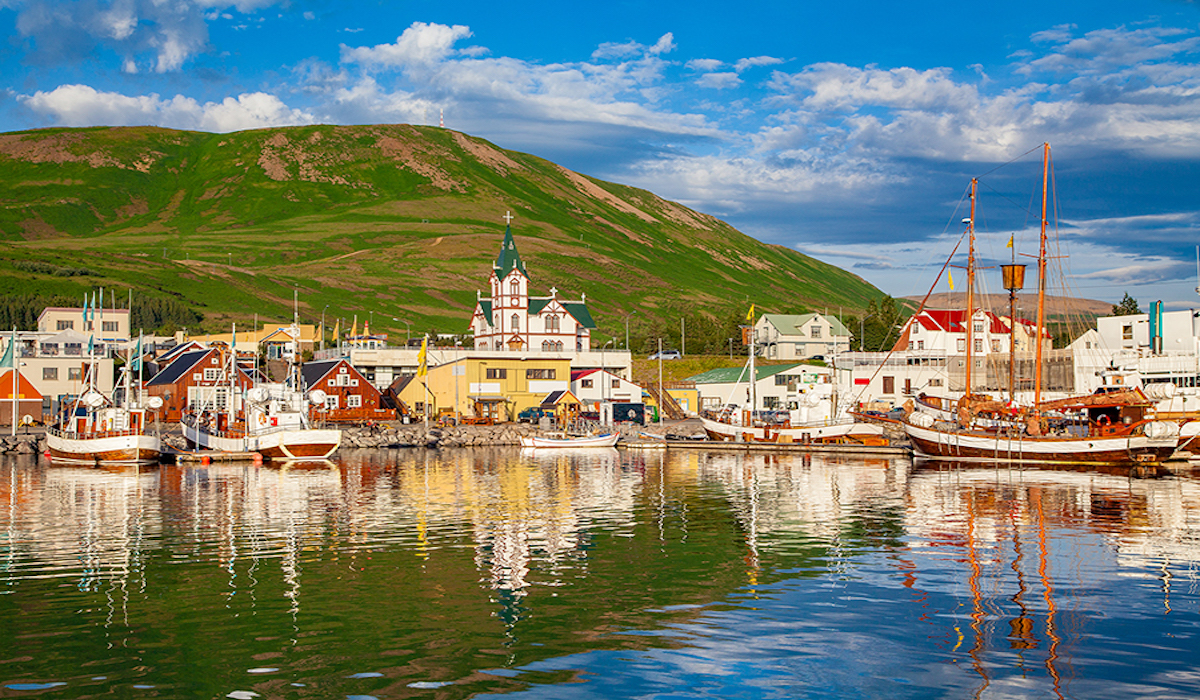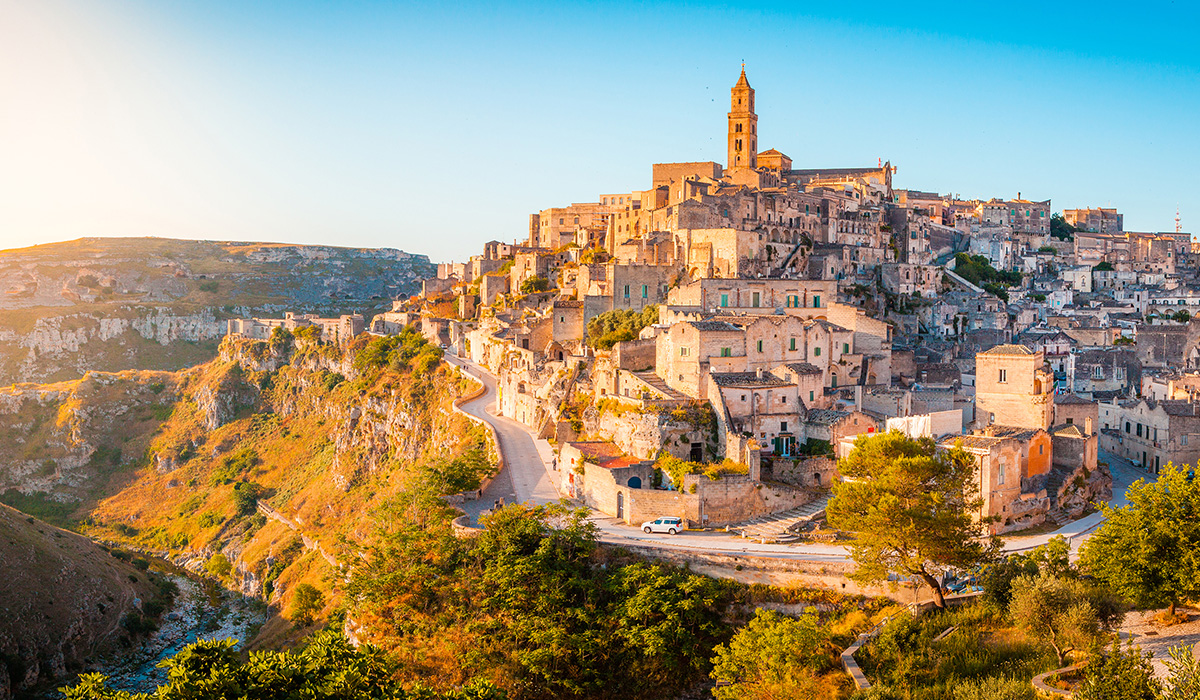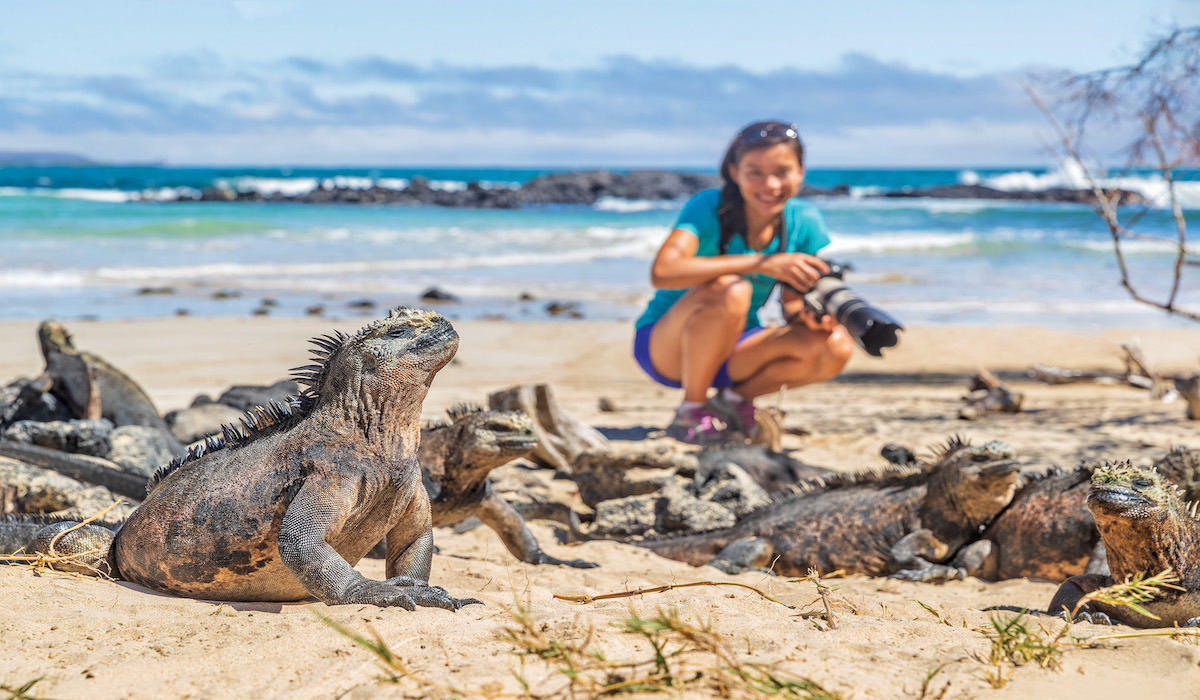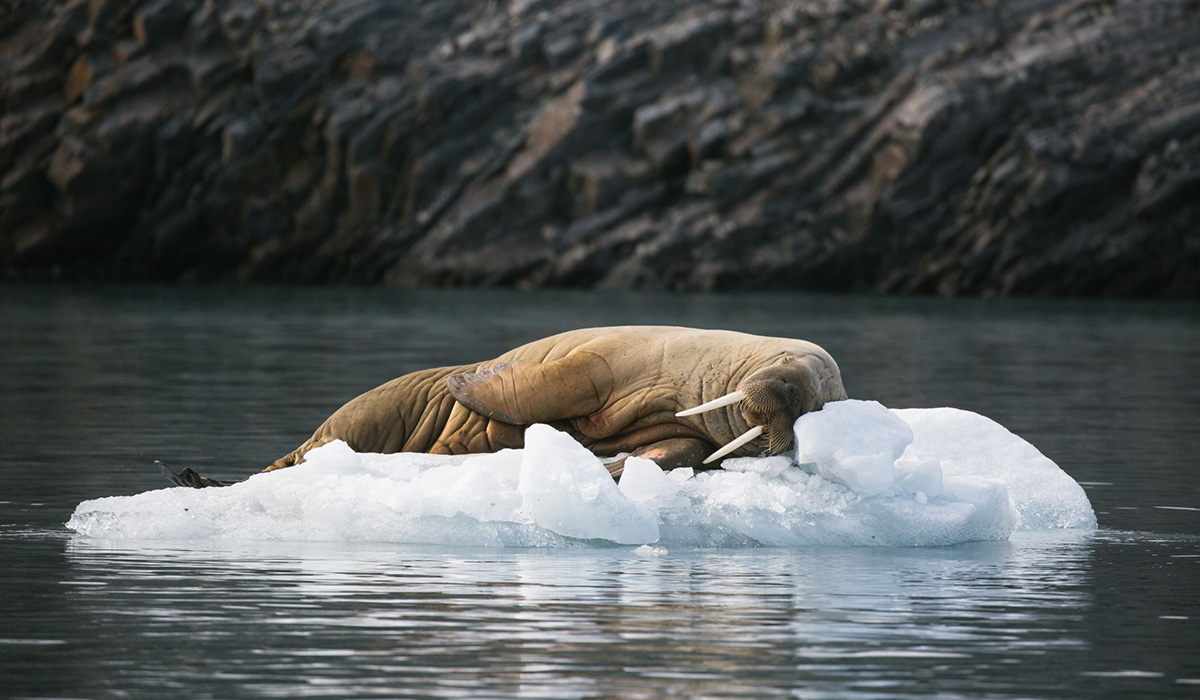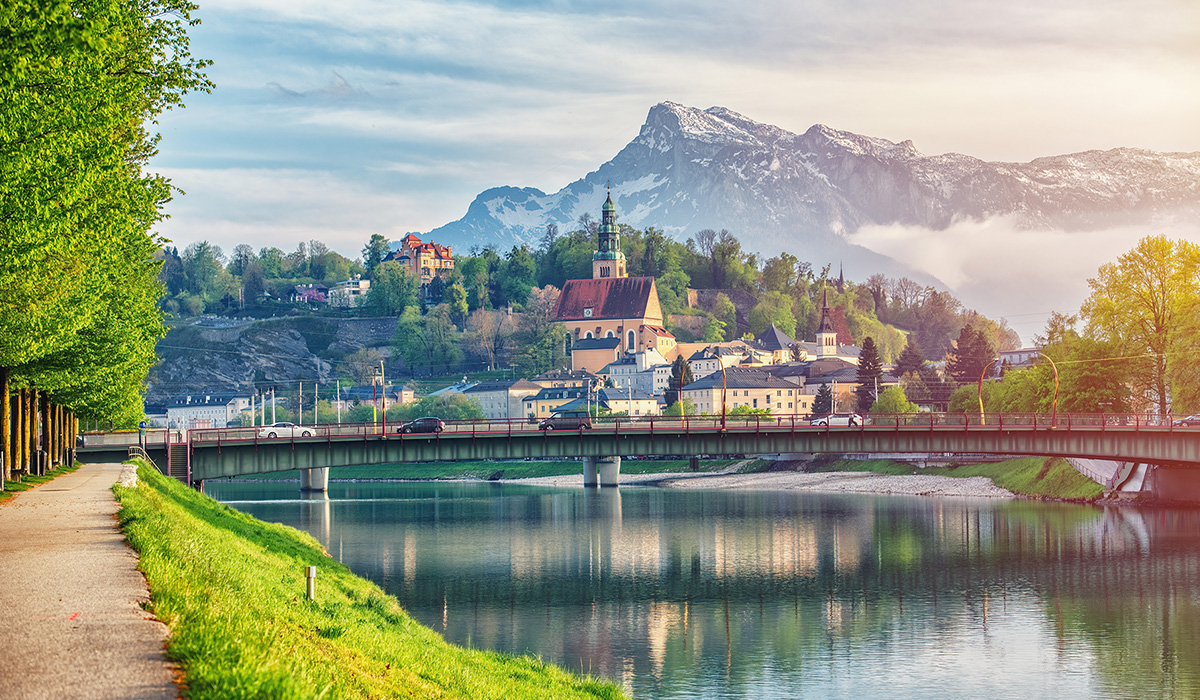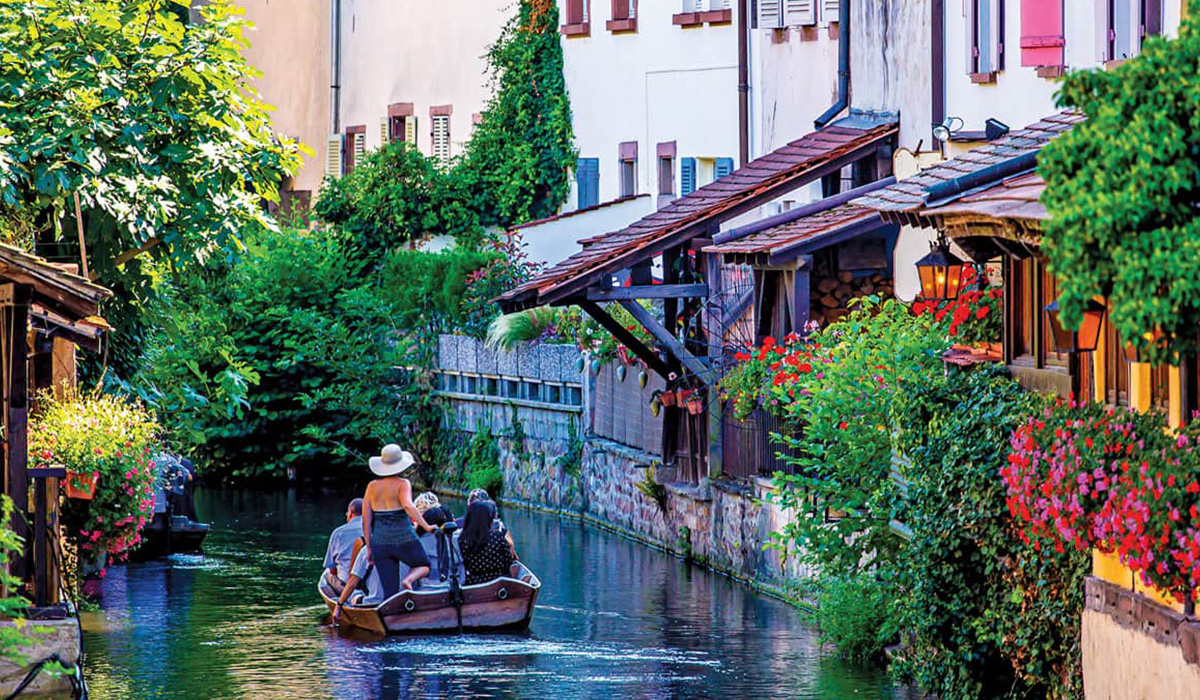Michigan Alumni Travel
Whether you’re looking for an adventure close to home or a journey a world away, our travel collection has something for everyone.
Michigan Alumni Travel
Whether you’re looking for an adventure close to home or a journey a world away, our travel collection has something for everyone.
We are working on finalizing our 2025 lineup, and these trips will be added to our website by the end of May. In the meantime, you may start receiving brochures in the mail from our operators for 2025 trips. If you are interested in a trip that isn't currently on the website, please fill out our trip interest form.
The Michigan Alumni Travel program, an exclusive benefit for Alumni Association members, is ready to help you turn your travel dreams into reality with our diverse lineup of trips. The world is waiting for you…
Meet your dedicated Michigan Alumni Travel team and get answers to some of the most commonly asked questions about traveling with us.
While every effort is made to ensure your vacation is a safe and happy one, unexpected events can occur. Get extra peace of mind with travel insurance.
Talk all things travel with fellow Wolverines. Get tips on an upcoming trip, seek out and share recommendations, and participate in general travel discussions.

